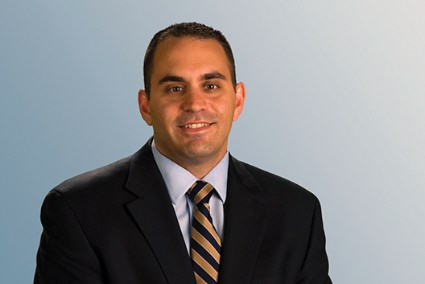Inflammatory bowel disease patients rely on phone communication as much as or more than doctor visits for management of their disease, and heavier reliance may be a sign of impending emergency department visits.
Indeed, monitoring telephone activity among this population not only serves as a "clinical barometer," but also offers a glimpse into the "the currently unrecognized and unreimbursed effort that is made by clinic support staff in handling telephone calls in the care of IBD," wrote Dr. Claudia Ramos-Rivers and her colleagues in the June issue of Clinical Gastroenterology and Hepatology (2014 [doi:10.1016/j.cgh.2013.11.015]).
Dr. Ramos-Rivers of the University of Pittsburgh looked at all incoming and outgoing calls registered at a tertiary care IBD clinic over 2 years, 2009 and 2010.
In total, the clinic served 2,475 patients in 2009 and 3,118 in 2010, and logged 21,979 and 32,667 calls in each year, respectively.
According to the authors, during the 2-year period there were no spikes in activity from month to month.
Overall, more than half (52%) of patient-generated calls were related to a problem or follow-up question, and 25% were nurse-generated calls with a resolution or plan.
The remaining calls were for refill requests (12%), insurance authorizations (10%), and form completion or records requests (1%).
The mean number of calls was 8.9/patient in 2009 and 10.5/patient in 2010.
Next, the researchers looked at clinical factors associated with higher telephone usage. They found that being female as well as having a diagnosis of Crohn’s disease conferred a greater likelihood of frequent phone contact, as did a history of previous IBD-related surgeries and clinic visits.
In fact, these so-called "high telephone encounter" patients had an average of five visits annually, vs. just one for less frequent callers (P less than .001).
Increased telephone encounters were also associated with CRP elevation (P less than 0.001), erythrocyte sedimentation rate (ESR) elevation (P less than .001), and prednisone prescriptions (P less than .001).
Finally, the researchers looked at the association between phone use and emergency department visits and/or hospitalizations.
As predicted, they found that in 2009, ED visits occurred among 6.4% of the "low" telephone contact group, compared with 36.4% of the high-volume calls group.
Hospitalizations followed a similar trend (3.9% of low-volume callers in 2009, vs. 39.7% of high-volume callers), as did 2010 data.
The authors conceded that their study is limited by the fact that all data were gathered from a single center.
Furthermore, "Correlating poor clinical outcome with telephone calls in patients who are instructed to contact our clinic if they are experiencing problems can be criticized as being tautologic," they added.
"We acknowledge this, but point out that the goal of our study was to identify a common ‘red flag’ that would function for all heterogenous subgroups of patients with IBD ... who were at risk of complications."
They concluded: "Increased telephone encounters recorded in the [electronic medical record] may function as an early warning mechanism to identify at-risk patients with IBD who may benefit from improved inflammatory and multidisciplinary treatment."
The authors disclosed no conflicts of interest. They stated that one researcher was supported by a grant from the Doris Duke Charitable Research Foundation, and two others by grants from the U.S. Army Medical Research and Materiel Command.





